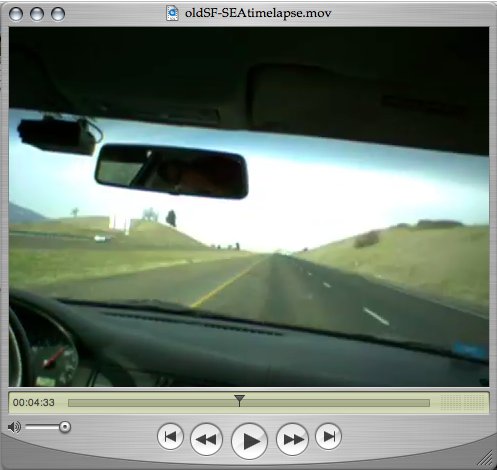Officially Official: VW unveils Jetta TDI in D.C. and hopes to find oldest-running VW diesel in U.S.
Volkswagen is searching for the oldest running Diesel VW in America. My very first car was a 1980 VW Rabbit Diesel. I loved that car. It carried me all over the American West during my college years (’81-’85)… many climbing and skiing roadtrips. I went to college in Lubbock, Texas and spent virtually every 3-day or longer weekend or holiday break in Colorado (Estes Park and Boulder being the favored locales), or New Mexico (Taos mostly… staying at the Abominable Snowmansion Hostel in Arroyo Seca!)
It was never a very fast car. I got a speeding ticket once (a federal offence… long story, some other time, I promise) where I was clocked at 74 MPH on flat ground and was astonished it could go that fast. 0-60 was clocked in minutes, not seconds. But these were the 55 days, so we couldn’t go 60 anyway. Patience was the virtue the car taught me. Passing required plenty of forethought and a lot of good timing. I learned aerodynamics too as I frequently drafted off of big 18-wheelers, both for passing assistance and just dealing with headwinds. Truckers seemed OK with it so long as I let them know I was back there.
It taught me frugality as well, since it faithfully carried me from Lubbock to Boulder (575 miles) for under $10.
My only mechanical issue with the car was an alternator bolt that slipped out while I was underway in a remote New Mexico highway. I walked up and down that road for hours looking for the bolt, and never could find it. I rigged up a climbing chock to wedge the alternator housing off the engine and keep the belt under tension and limped the 70 or so miles into the next town to a NAPA. This was a very small town, in a very remote place, and even though my car was built in Pennsylvania (yes, VW was the first “import” to have a factory in the USA) they didn’t carry any metric fasteners and I had to make do with an SAE bolt and a shim. The shim rattled out at some point later down the road and the bolt wobbled just enough to enlarge the softer metal of the “bracket”… which on a VW Diesel of that vintage was cast into the block of the engine. Needless to say it became a persistent issue as I kept having to put larger and larger bolts in. I eventually found a machine shop (somewhere in rural Montana IIRC) with a guy willing to drill both the alternator and the block to a metric size and properly fit a bolt in there. I doubt that car is still running on the original engine.
I traded it in on a Mk2 Golf GTI in early ’87. The old rabbit had well over 120,000 miles on it. I should dig up my old photos of it and post a Roger Los style obituary for it.



